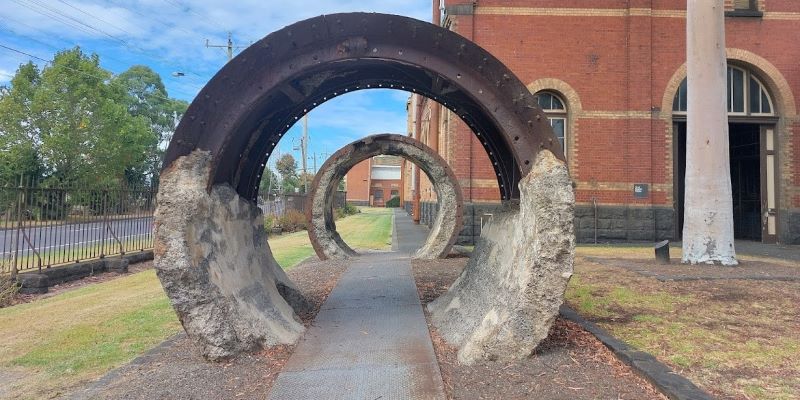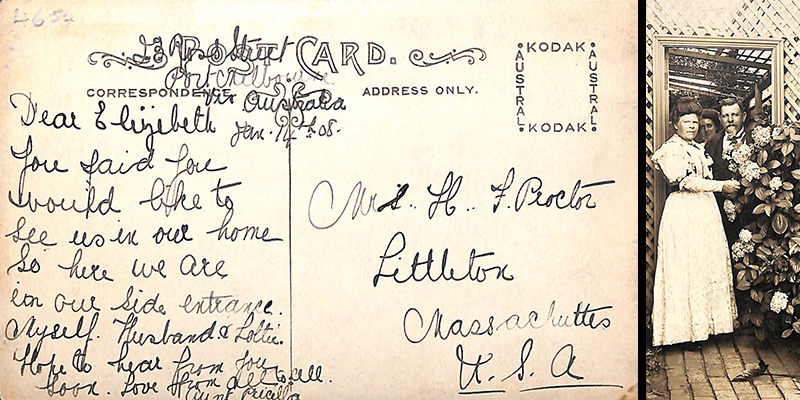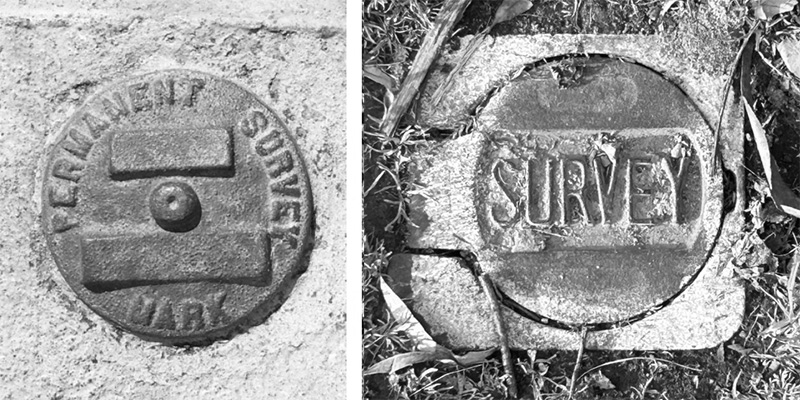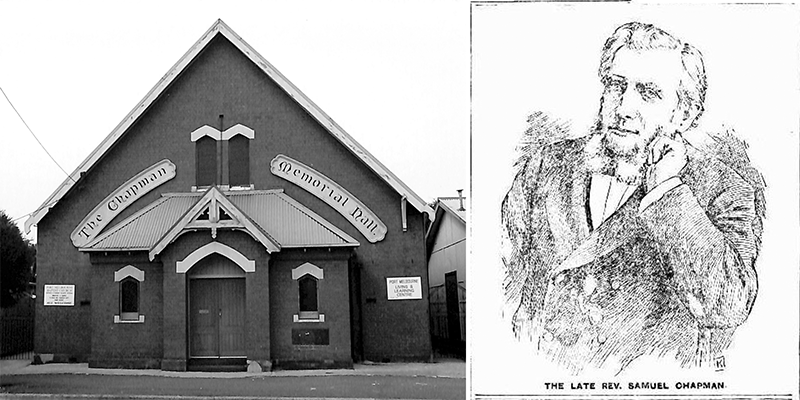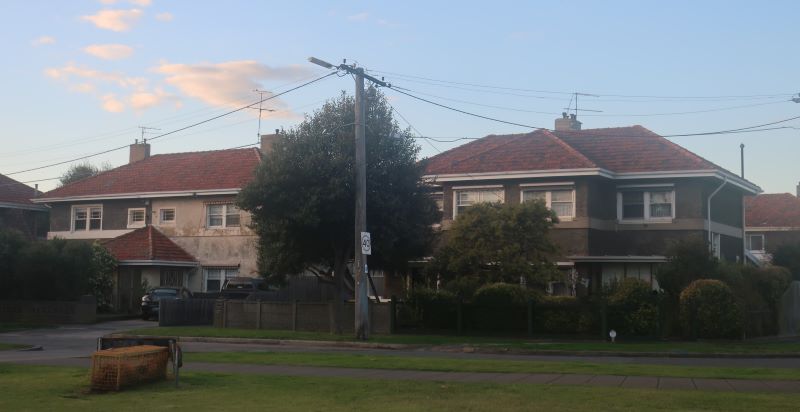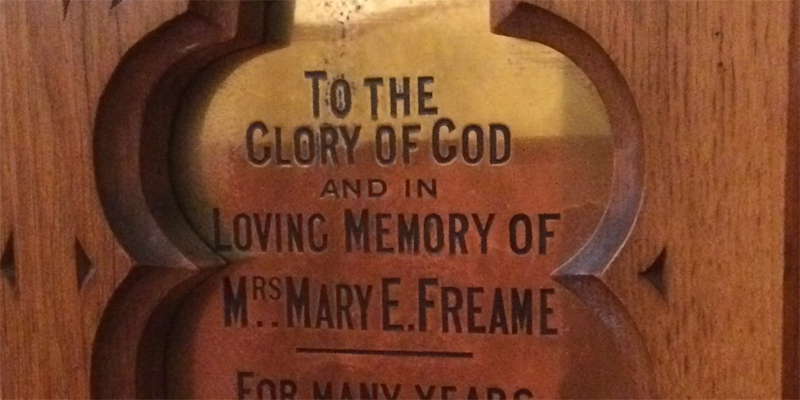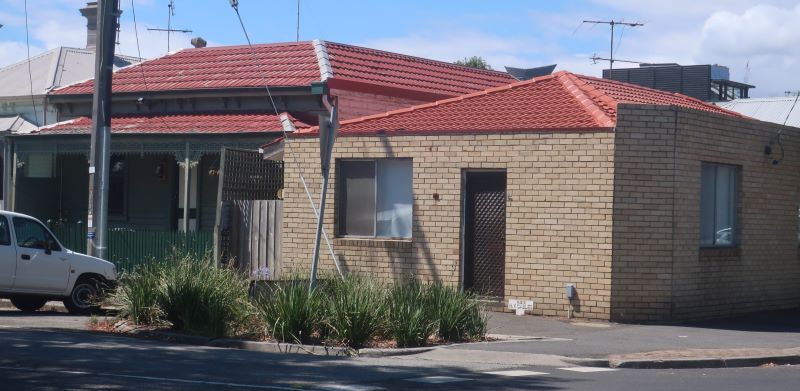Melbourne’s Sewer Mains in Port Melbourne
Instalment 3 of 3. The “Hobson’s Bay Main”
by Richard Olive
A previous instalment in this series described how sewage flowing towards Port Phillip Bay from the eastern suburbs was intercepted by the Hobson’s Bay Main, and redirected through Port Melbourne towards the Spotswood Pumping Station.
Initially, in the 1890s, the main started at…
